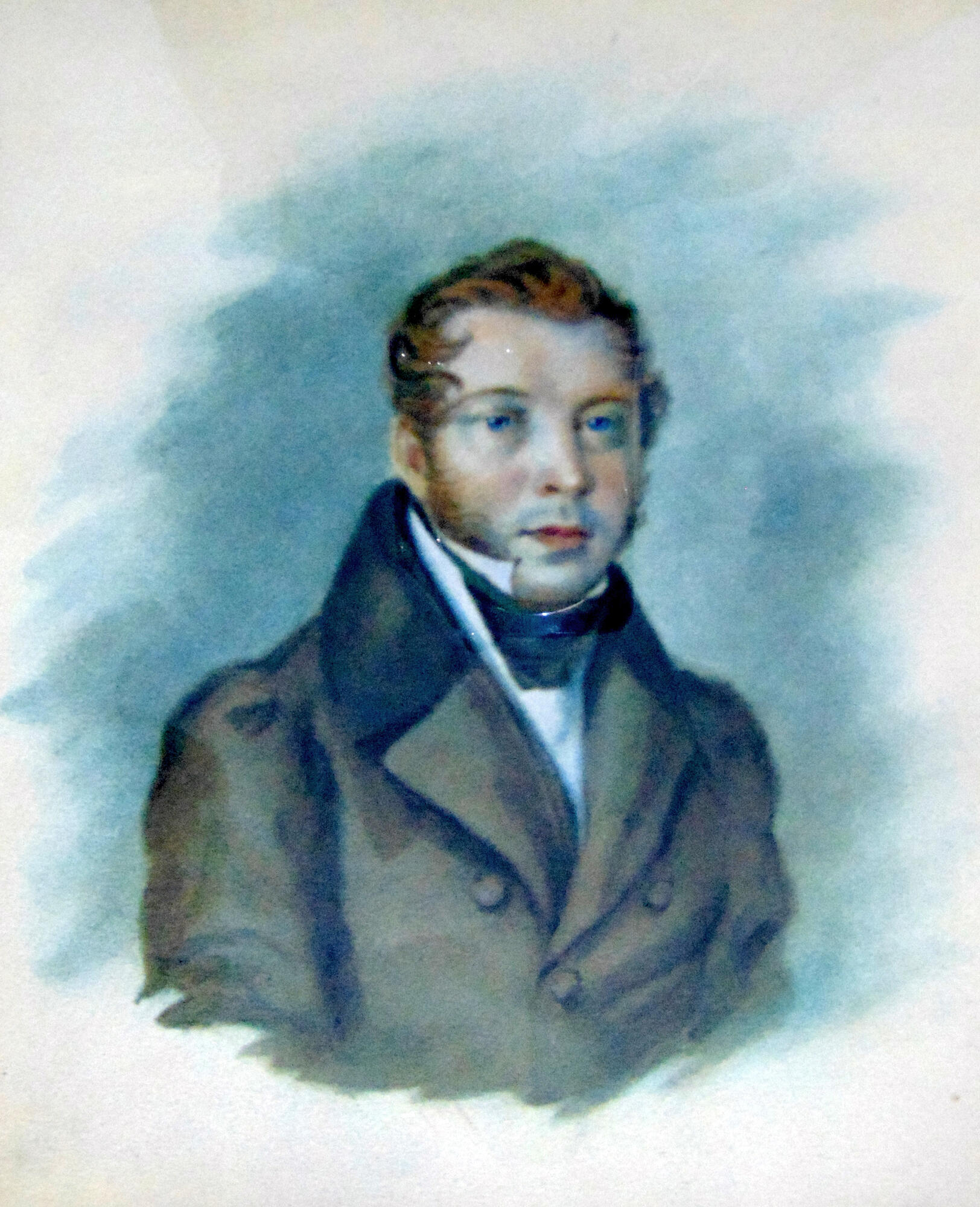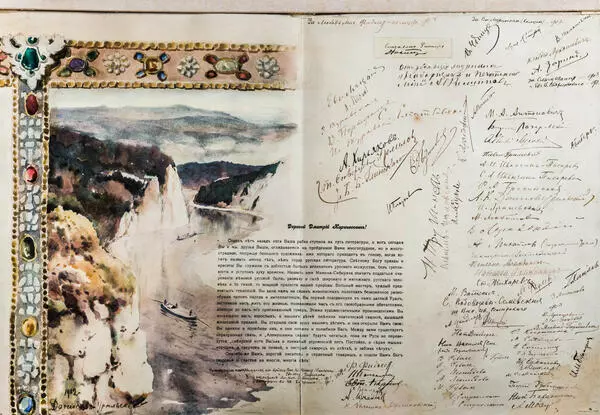This is a portrait of Sergei Timofeevich Aksakov — a famous writer, official and public figure, literary and theater critic, memoirist, corresponding member of the Imperial Academy of Sciences, as well as the author of books about fishing and hunting. His family included Konstantin, Ivan, Grigory and Vera Aksakovs, who are all well renowned writers, public figures and consistent supporters of Slavophilia: a literary, religious and philosophical movement whose members believed that Russia had typical features that set it apart from Western countries.
Sergei Aksakov was born on September 20 (October 1, new style), 1791 in Ufa in a large noble family. He spent his childhood at the Novo-Aksakovo estate as well as Ufa, where his father served as the prosecutor of the Upper Land Court. He studied at the Kazan gymnasium, and in 1805 he was admitted to the newly opened Kazan University. Here Aksakov showed great interest in literature and theater: he began to write poetry and successfully took part in student performances.
For the first time, the work of Sergei Aksakov was published in 1812 in the Russian Bulletin, it became the fable of Three Canaries. In 1834, his essay Buran was printed in the Morning Star publication, in which the stylistic features of the future works of the writer can be seen. The next quarter of a century saw his mature literary work, which is represented by books on Russian nature and the patriarchal way of life.
The portrait of Sergei Aksakov displayed in the museum was made by the copyist Nikolai Mostovoi, while the author of the original is unknown. Here the writer is depicted at about the age when, having received an inheritance, he moved to the village of Nadezhdino, in the Belebeevsky district. Aksakov is dressed in a white shirt and frock coat. He began to wear a beard later, so here he is depicted with an open chin and sideburns. The calm gaze of his gray eyes is directed into the distance.
Some features of this canvas bring it closer to other famous Aksakov portraits: the brushes of the great Russian painters Nikolai Kramskoy and Vasily Perov. In each portrait, the author is depicted in simple clothing, which are more reminiscent of a peasant’s dress. This style was not chosen by chance: Aksakov was a passionate champion of nationality in art.
Sergei Aksakov was born on September 20 (October 1, new style), 1791 in Ufa in a large noble family. He spent his childhood at the Novo-Aksakovo estate as well as Ufa, where his father served as the prosecutor of the Upper Land Court. He studied at the Kazan gymnasium, and in 1805 he was admitted to the newly opened Kazan University. Here Aksakov showed great interest in literature and theater: he began to write poetry and successfully took part in student performances.
For the first time, the work of Sergei Aksakov was published in 1812 in the Russian Bulletin, it became the fable of Three Canaries. In 1834, his essay Buran was printed in the Morning Star publication, in which the stylistic features of the future works of the writer can be seen. The next quarter of a century saw his mature literary work, which is represented by books on Russian nature and the patriarchal way of life.
The portrait of Sergei Aksakov displayed in the museum was made by the copyist Nikolai Mostovoi, while the author of the original is unknown. Here the writer is depicted at about the age when, having received an inheritance, he moved to the village of Nadezhdino, in the Belebeevsky district. Aksakov is dressed in a white shirt and frock coat. He began to wear a beard later, so here he is depicted with an open chin and sideburns. The calm gaze of his gray eyes is directed into the distance.
Some features of this canvas bring it closer to other famous Aksakov portraits: the brushes of the great Russian painters Nikolai Kramskoy and Vasily Perov. In each portrait, the author is depicted in simple clothing, which are more reminiscent of a peasant’s dress. This style was not chosen by chance: Aksakov was a passionate champion of nationality in art.




